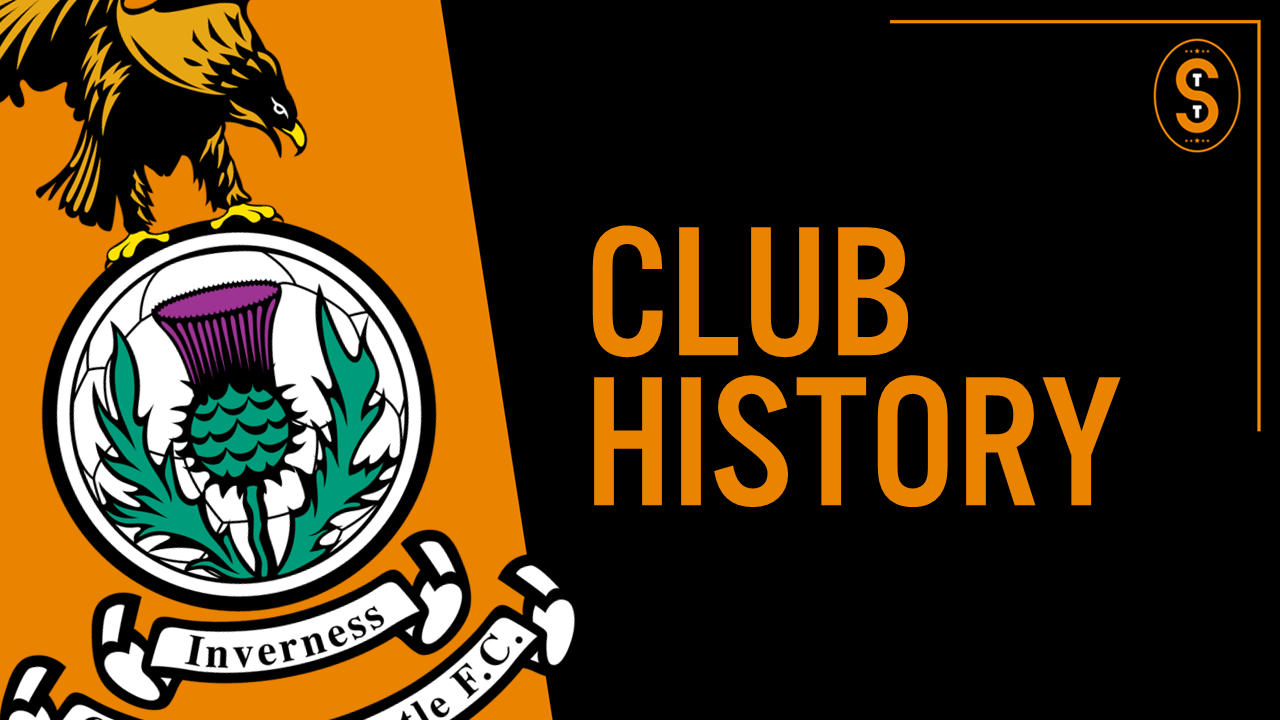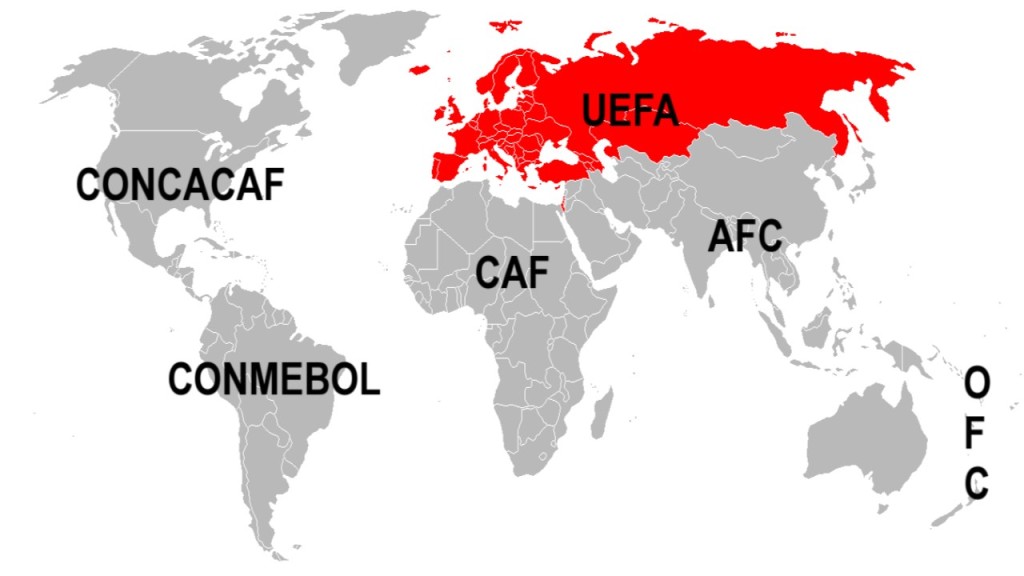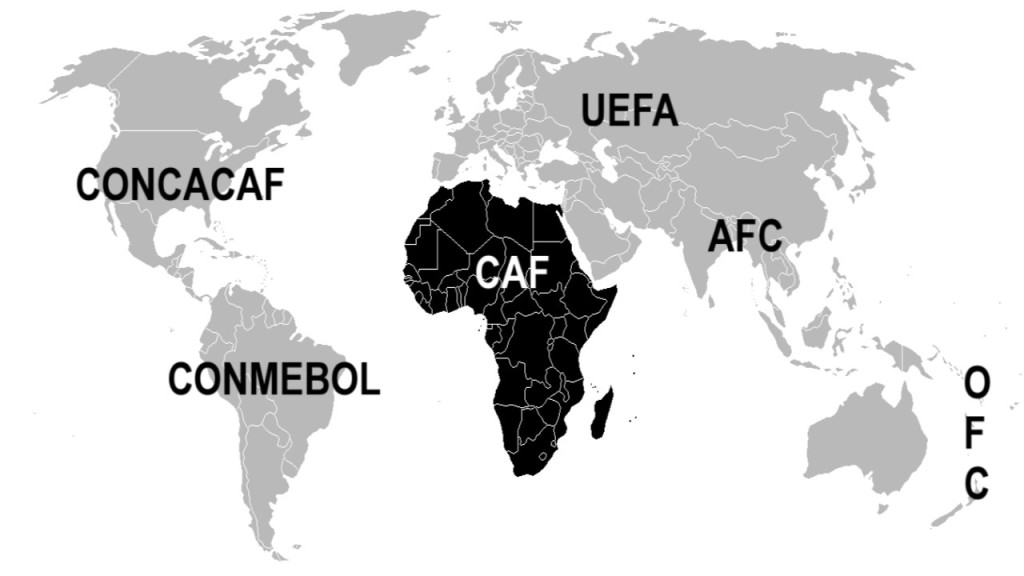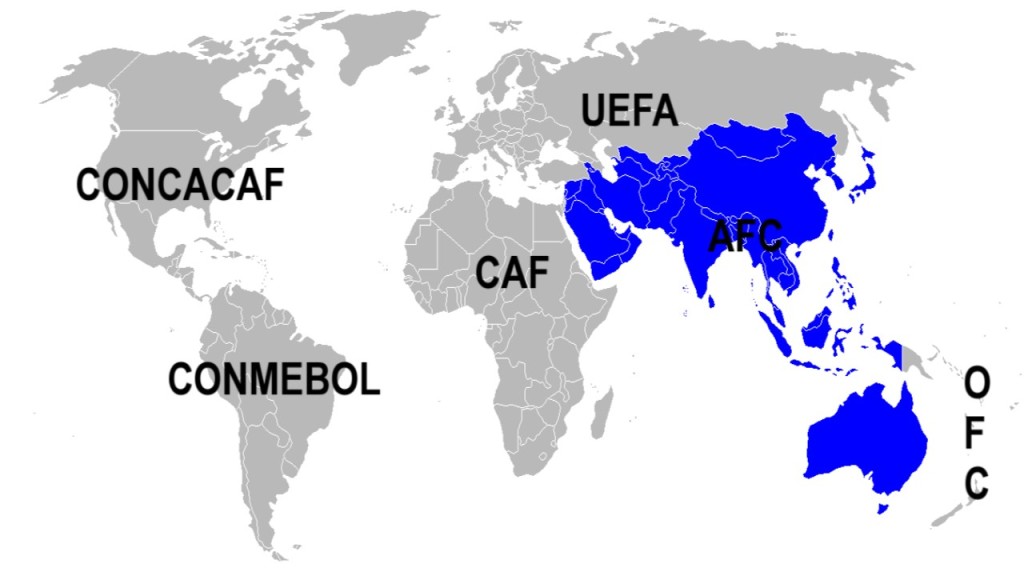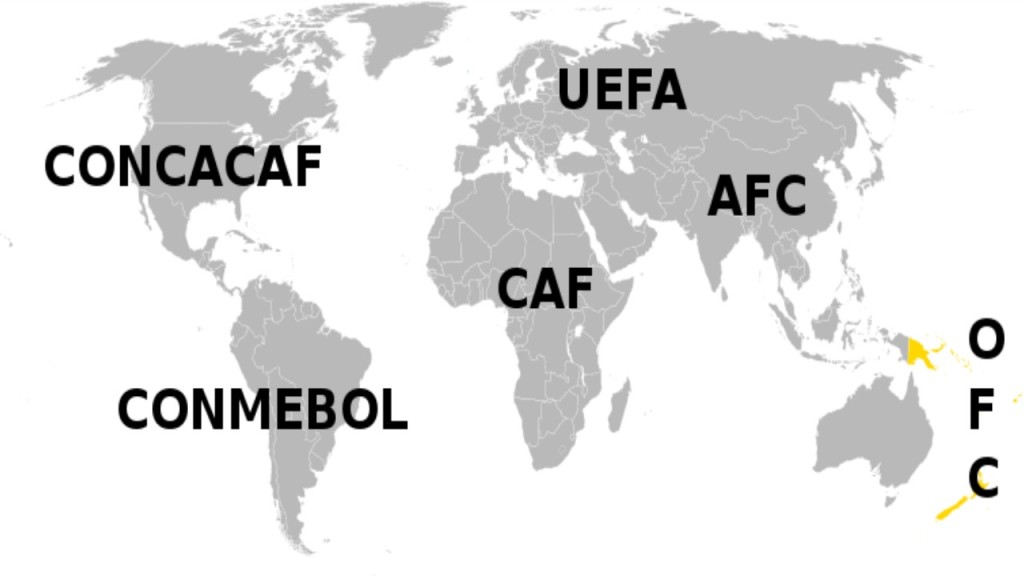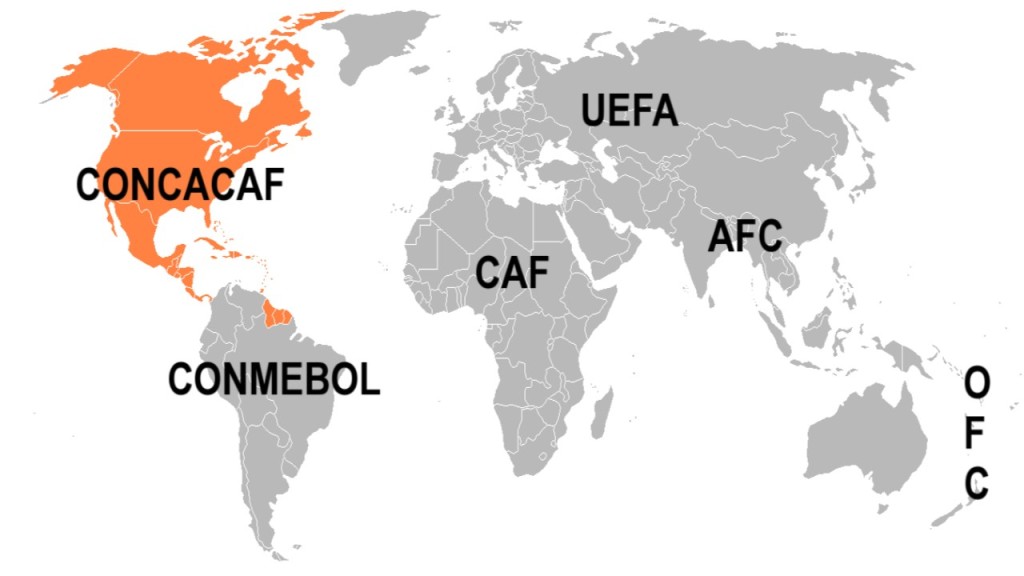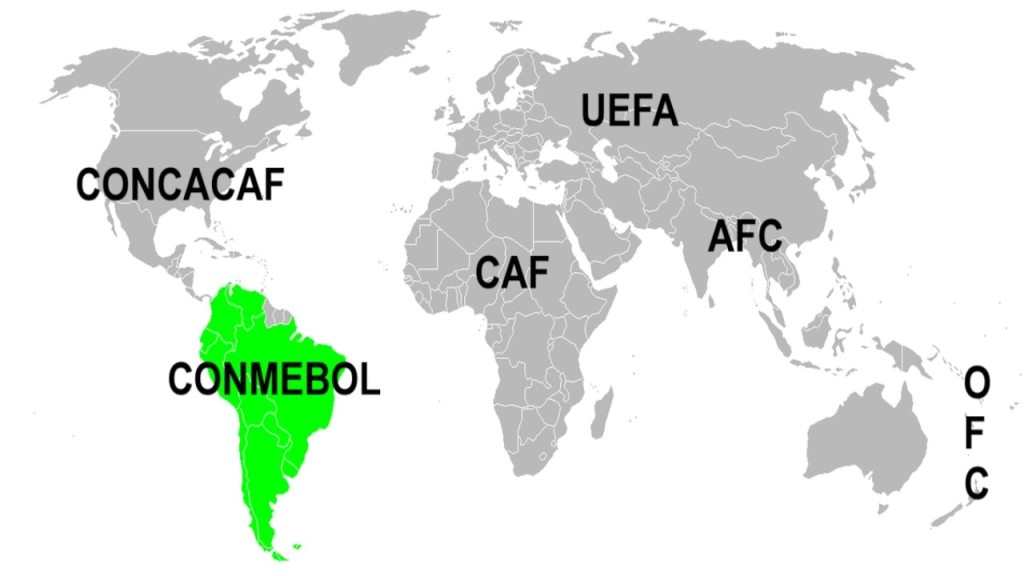Welcome to the Soccer Tavern, where we’re discussing the history, culture, and philosophy of the beautiful game. My name is Dave and in this video, we’re talking about the history of Inverness Caledonian Thistle Football Club. Pull up a seat and let’s start the discussion.
Inverness Caledonian Thistle FC is located in the northern part of the city of Inverness. Inverness is located in the northern, central part of Scotland in the United Kingdom. The city is located close to Loch Ness and the city’s name literally means “mouth of the River Ness” in Gaelic. The club currently play in the Scottish Championship or Ladbrokes Championship due to sponsorship reasons. The Championship is the second division in Scottish soccer. Inverness CT’s home ground is called the Tulloch Caledonian Stadium, which opened in 1996 and currently holds a little less than 8,000 people.
Origin
The club, in its current iteration, was created in 1994 when two clubs called Inverness Thistle and Caledonian decided to merge. The club has roots that stretch back to the 1880s though.
Inverness Thistle was created in 1885, while Caledonian, which was nicknamed Caley, was created in 1886. Both clubs were based in the city of Inverness, which was considered a town until 2000. Thistle and Caley, along with a third club based in Inverness called Clachnacuddin or Clach, formed the North of Scotland Football Association and the Highland League in the late 1800s. Thistle, Caley, and Clach, were the most successful clubs in the Highland league and were all rivals.
The Highland League was and is still not a part of the Scottish professional soccer pyramid.
The idea to merge the clubs came about because the Scottish League decided to expand from 38 to 40 teams in 1993. Because most of the Scottish League was based further south, a company called Inverness & Nairn Enterprise Company organized a meeting between Thistle, Caley, and Clach to discuss a merger. The logic was that one club applying to join the league had a better shot at winning the expansion vote versus 3 clubs splitting the vote.
Ultimately, Clach backed out of the meeting but Thistle and Caley proceeded. On January 12th, 1994, the new Inverness club was voted into the Scottish League for the next season. On May 14th, 1994 the two clubs played their final matches as separate clubs in the Highland League. And on July 20th, 1994, the new club of Inverness Caledonian Thistle beat RAF Kinloss 2-0 in its first ever match, with its first ever official match occurring a few days later on July 30th against St. Mirren.
Nicknames
The club has 3 nicknames, Caley Thistle, Caley Jags, and The Pride of the Highlands.
Caley Thistle is just the shortened version of the club’s official name.
The Caley Jags nickname also comes from the club’s official name. Caley obviously comes from the Caledonian part of the club’s name. And Jags is often a nickname given to a club that has Thistle in its name. A Thistle is a prickly weed with purple flowers, that is the official flower of Scotland. That’s why many Scottish clubs have Thistle in their name. I believe the fact that the plant is prickly and jagged is where the nickname Jag comes from. I wasn’t able to fully confirm this though, so if there is another explanation, please let us know in the comments section below the video.
And finally, the Pride of the Highlands nickname comes from the club being based in the Highland region of Scotland, which is the northwest region of the country.
Crest
The Inverness CT crest is a combination of the Caledonian and Inverness Thistle crests for those independent clubs prior to their merger in 1994.

At the top of the crest is a Golden Eagle, which was the symbol of Caledonian. Golden eagles are apex predators found throughout the Highland region in Scotland.
Under the eagle is a Scottish Thistle. We’ve already discussed the thistle as a purple flowered, prickly weed that is the official flower of Scotland.
Behind the thistle is a soccer ball, which obviously is a reference to the sport the club plays.
And underneath all of these symbols is a scroll with the club’s name of Inverness Caledonian Thistle F.C.
Important Events
I’d like to discuss 3 important events in the club’s history in this section.
The first event I want to highlight happened on February 8, 2000. Inverness CT played Scottish giants Celtic in the Scottish Cup on the road in Glasgow. Inverness, which was playing its first season ever in the second flight of Scottish soccer, shockingly upset Celtic 3-1 in the match. The upset was widely considered the biggest upset in Scottish soccer over the preceeding 30 years and one newspaper coined the now famous headline of “Super Caley Go Ballistic Celtic Are Atrocious”. This was the greatest day in the club’s history to that point and is still one of the most famous days in club history.
The second event happened on May 15th, 2004. On this date, Inverness CT hosted St. Johnstone (St. Johnston) in the final match of the season. Only the week before, Inverness moved to the top of the table by 1 point ahead of Clyde. A win on the day meant Inverness CT would be Champions of the Scottish First Division and qualify for the Scottish Premier League for the first time in the club’s history. Inverness took a lead around the 30th minute before St. Johnstone equalized before half time. Early in the second half, Inverness took the lead again before adding an insurance goal in the 76th minute. The match finished 3-1, which meant the club reached the top flight in its 10th year of existence.
There was some drama the summer after the club won promotion due to Inverness CT’s stadium not meeting the requirements for the SPL but that was all ultimately resolved and the Caley Jags began the 2004-2005 season as a Scottish Premier League member.
And the final event I’d like to mention here is the 2015 Scottish Cup Final. On May 30, 2015, Inverness Caledonian Thistle played Falkirk at Hampden (Hamden) Park, which is the Scottish national team’s home stadium in Glasgow (Glas-go). Inverness reached the final by defeating Celtic in the semi-final on April 19, which was a fantastic victory. In the final on May 30, the Caley Jags took the lead in the 38th minute through a great team goal. After having a man sent off in the 74th minute, Inverness conceded an equalizing goal in the 79th minute. The game looked set to head to extra time, but Inverness scored a scrappy goal in the 86th minute to take the lead. The club would hold on for its first major title and the club’s most glorious day in its history to date.
Supporters
Supporters have a place where they can gather called the Inverness Caledonian Thistle Social Club. This is located about a mile and a half from the club’s home stadium. The social club was formerly the official social club for the Caledonian supporters before the merger of the Inverness Thistle and Caledonian clubs. From the club’s fan message boards, it appears this reason, along with a few others has led to it not being exceptionally popular.
The Social Club does serve as a place for some supporter meetings and appears to be the place where supporters catch buses to away matches.
If you have any other info to add about the social club and/or Inverness CT supporters, please let us know in the comments section of the video.
Noteworthy Players
Alan Hercher was the first captain in the club’s history and scored the new club’s first ever league goal in 1994. He ended up with a hattrick in that first ever Scottish League match, which was the first competitive hattrick in Inverness Caledonian’s history. Hercher was a fantastic leader and led by example whenever he trained or played in a match.
The next player I’d like to discuss is Ross Tokely. Tokely joined the club in 1996 as a 17 year old when the Caley Jags were still in the Scottish Third Division, which confusingly is the 4th tier of the Scottish professional leagues. The defender would make more than 500 appearances across all competitions for the club in a 16 year career. Tokely played with the club in all 4 divisions of the Scottish League pyramid before leaving in 2012. He left as the club’s all-time record appearance holder, which he still holds that record.
And the last player I want to highlight here is Dennis Wyness. Wyness is the club’s all-time record goalscorer, with 101 goals. He played in both of Inverness CT’s victories over Celtic in 2000 and 2003, with Wyness scoring the only goal in the 2003 1-0 victory. Wyness was one of the greatest striker’s in club history.
Noteworthy Managers
Steve Paterson is the longest serving manager in Inverness CT’s history. He led the club from 1995 to 2002, which included the famous 3-1 away victory over Celtic in the Scottish Cup in 2000. Paterson has the most wins as a manager in club history and led the club from the 4th tier to the 2nd tier during his time in charge.
The next manager I want to highlight is John Robertson. At time of recording, Robertson is the current manager of Inverness CT and this is his second time managing the club. He first managed the Caley Jags from 2002 to 2004. Robertson led the club to the Scottish First Divsion title in the 2003-2004 season, which meant promotion to the Scottish Premier League (or SPL) for the first time in the club’s history. During that season, he also won the club’s first cup tournament, by winning the Scottish Challenge Cup, for a unique double for the club. Robertson left as manager in November 2004 to manage Hearts and returned to Inverness CT in June of 2017. He has since led the club to another Scottish Challenge Cup title in 2018.
The third manager I’d like to mention is Terry Butcher. Butcher managed the club from 2009 to 2013 and is currently the second longest serving manager in club history. He was appointed as the club was struggling in the SPL in the 2008-2009 season. Even though Butcher wasn’t able to avoid relegation in his first half season, he was retained as manager and immediately led the club to the Scottish First Division title in his first full season. For the rest of his time as manager at the club, Inverness CT remained in the SPL.
And the final manager I want to discuss is John Hughes, who took over from Terry Butcher. Hughes was manager from December 2013 to May 2016. Though his time was relatively brief with the club, Hughes led Inverness CT to its first ever major trophy, which was the 2015 Scottish Cup. As a result of winning that tournament, the club qualified for European competition for the first time in its history, so this was a momunental moment in the club’s history. Additionally, as a result of the club’s most successful season in its history in 2015, Hughes was named Scottish Manager of the Year by both the Pro Footballers’ Association and Scottish Football Writers’ Association. Hughes left at the end of the 2016 season, but he will always have a special place in Inverness CT’s history.
Rivals
Inverness Caledonian Thistle’s 3 rivals are Clachnacuddin, Aberdeen, & Ross County.
We touched on Clachnacuddin as a rival earlier in this video. This is more of a historic rivalry as Caley Thistle and Clach don’t really face each other much anymore, even though they’re based in the same city. They’re worth a mention but the other clubs we’re about to discuss are bigger rivals for the Caley Jags.
One of the club’s main rivals now is Aberdeen. Matches between the two clubs are called North Derbies because both clubs are located in the North of Scotland. The cities of Aberdeen and Inverness are the two largest cities in the North of Scotland and geography seems to be the main reason for this rivalry. It’s not much of a rivalry though as Aberdeen is one of the historically strongest clubs in Scotland while Inverness CT has a relatively short history. Also, the two clubs are separated by more than 100 miles, so although they are considered geographic rivals, they’re not exactly right next door to each other.
Inverness CT’s main rival currently is Ross County. Matches between the sides are called Highland Derbies because the two clubs are the only ones in the Scottish Football League from the Highland area of Scotland. Both clubs joined the Scottish League for the 1994-1995 season and the two clubs are located less than 15 miles apart. They are much closer geographic rivals and each club rose through the Scottish League in a similar manner since joining in 1994. Additionally, the rivalry partially stretches back to the Highland league when Inverness Thistle and Caledonian were separate clubs and Ross Count played in the same league. Lastly, at time of recording, both clubs currently play in the Scottish Championship, which is the 2nd division in Scotland, and are title contenders, which should add to this rivalry.
Stats & Records
The stats and records we’re about to discuss are as of September 2018, which is when we are recording this video.
The Caley Jags have played 12 seasons in the top flight in its history.
The club has 1 major title, which was the 2015 Scottish Cup.
The club has also won 2 Scottish Challenge Cups, which is a tournament that excludes the SPL teams and is not considered a major title. The Caley Jags won this in 2004 & 2018.
Inverness’s record first team appearance holder is Ross Tokely with 456 league appearances.
The Caley Jags’ record goal scorer is Dennis Wyness with 101 goals.
Mark Brown holds the club’s all-time clean sheets record with 67 clean sheets.
The club’s record transfer purchase is John Rankin from Ross County on July 1, 2006 for ~£90k.
And although transfer fees aren’t widely reported for Inverness CT, I believe the record transfer sale was Ryan Christie to Celtic on September 1, 2015 for a fee reported to be greater than £500k.
And one last interesting fact about the Caley Jags: Inverness CT hold the unfortunate record of having the highest ever point total for a club finishing in last place to be relegated in Scotland. This happened in the 2008-2009 season, when the club finished with 37 points but was still relegated in last place from the SPL.
So there you have it… a bit of history on Inverness Caledonian Thistle Football Club. Let’s continue the discussion in the comments section below this video.
Thanks for stopping by the Soccer Tavern. Hope to see you again sometime soon. Cheers.
